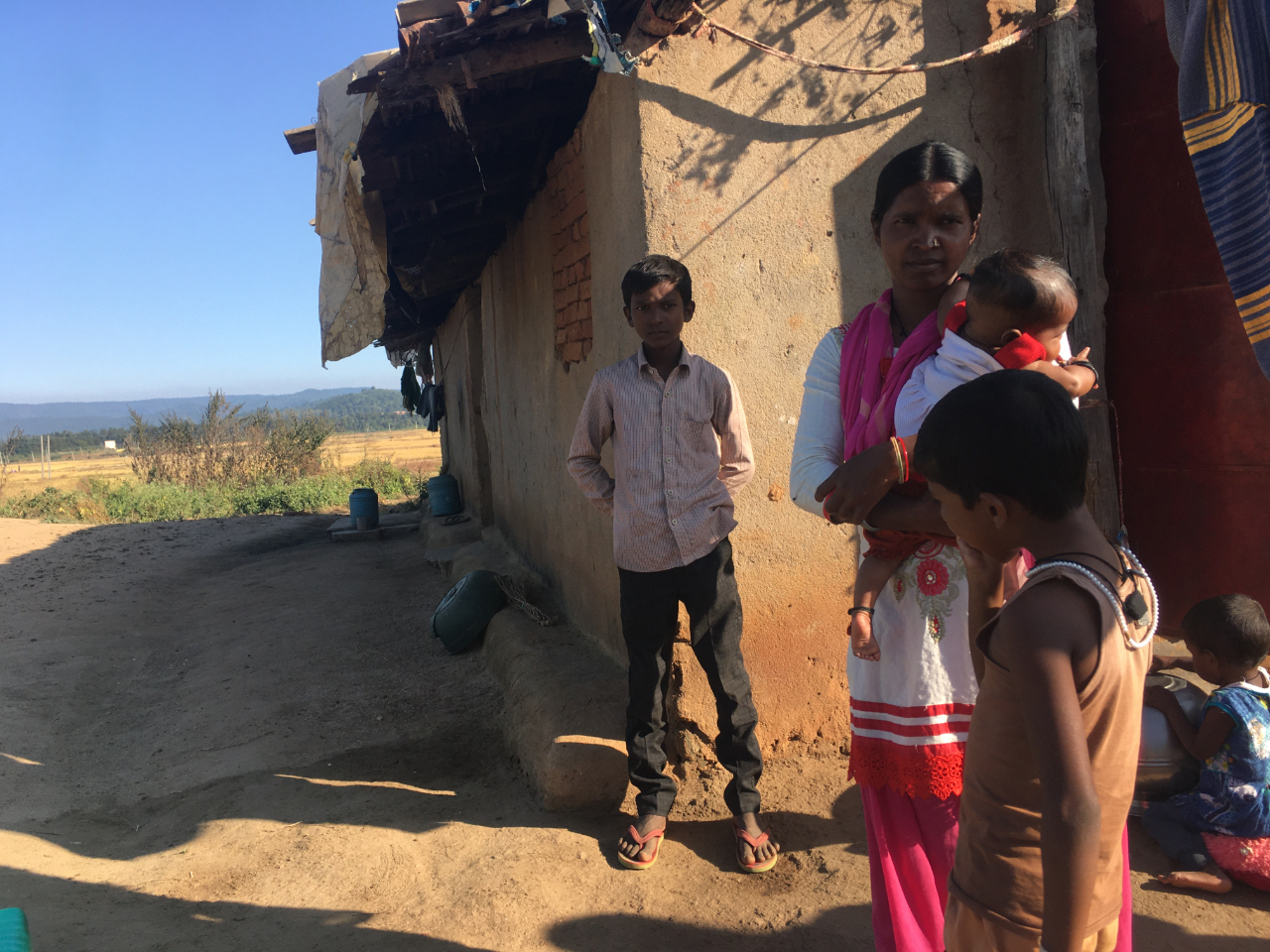
415 million Indians escaped poverty between 2005-06 and 2019-21: UN

A staggering 415 million Indians moved out of poverty within just 15 years between 2005-06 and 2019-21, the UN announced on Tuesday, calling it a remarkable achievement for the world’s now most populous nation.
The latest update of the global Multidimensional Poverty Index (MPI) was released by the United Nations Development Programme (UNDP) as well as the Oxford Poverty and Human Development Initiative (OPHI) at the University of Oxford.
It said 25 countries, including India, successfully halved their global MPI values within 15 years, a clear sign that rapid progress was possible.
Also Watch: India set to overtake China as world’s most populous nation: United Nations
These countries included Cambodia, China, Congo, Honduras, India, Indonesia, Morocco, Serbia and Vietnam.
In April, India became the world’s most populous country with 142.86 crore people, according to UN data.
Indian achievement
“Notably, India saw a remarkable reduction in poverty, with 415 million people exiting poverty within a span of just 15 years (2005/6 to 2019/21),” the report said.
During this time frame, India had two prime ministers: Manmohan Singh (2004-14) and incumbent Narendra Modi (2014-).
However, the lack of comprehensive data during the period of the COVID-19 pandemic posed a challenges in assessing immediate prospects, the study said.
Also Read: 70.5 per cent Indians can’t afford a healthy diet, says a United Nations report
In 2005-06, about 645 million people were in multidimensional poverty in India. This number fell to about 370 million in 2015-16 and further to 230 million in 2019-21.
The report noted that deprivation in all indicators declined in India, and the poorest states and groups, including children and people in disadvantaged caste groups, had the fastest absolute progress.
Indian poor
According to the report, people who are multidimensionally poor and deprived under the nutrition indicator in India declined from 44.3 per cent in 2005-06 to 11.8 per cent in 2019-21. Child mortality fell from 4.5 per cent to 1.5 per cent.
Those who are poor and lack cooking fuel plunged from 52.9 per cent to 13.9 per cent and those deprived of sanitation crashed from 50.4 per cent in 2005-06 to 11.3 per cent in 2019-21.
In the drinking water indicator, the percentage of people who are multidimensionally poor and deprived fell from 16.4 to 2.7 during the period, electricity (from 29 per cent to 2.1 per cent) and housing from 44.9 per cent to 13.6 per cent.
Also Read: United Nations: CNRI Calls for Framework of Collaborative Governance to Resolve Global Crisis
India was among the 19 countries that halved their global Multidimensional Poverty Index (MPI) value.
According to the 2023 release, 1.1 billion out of 6.1 billion people (just over 18 per cent) live in acute multidimensional poverty across 110 countries.
Global poor
Sub-Saharan Africa (534 million) and South Asia (389 million) are home to approximately five out of every six poor people.
Nearly two-thirds of all poor people (730 million people) live in middle-income countries, making action in these countries vital for reducing global poverty.
Although low-income countries constitute only 10 per cent of the population included in the MPI, these are where 35 per cent of all poor people reside.
Rural areas are poorer than urban areas across all regions of the world.
Also Read: Developing nations face 4 key challenges in 2023; India has 2: Report
The agencies, however, added that despite these encouraging trends, the lack of post-pandemic data for most of the 110 countries covered by the global MPI restricts the understanding of the pandemic’s effects on poverty.
“As we reach the mid-point of the 2030 Agenda for Sustainable Development, we can clearly see that there was steady progress in multidimensional poverty reduction before the pandemic,” said the Director of the Human Development Report Office, Pedro Conceição.
The Director of OPHI at the University of Oxford, Sabina Alkire, said the scarcity of data on multidimensional poverty was hard to comprehend, let alone justify.
The global MPI monitors poverty reduction and informs policy, showing how people experience poverty in different aspects of their daily lives from access to education and health to living standards such as housing, drinking water, sanitation and electricity.
(With agency inputs)


